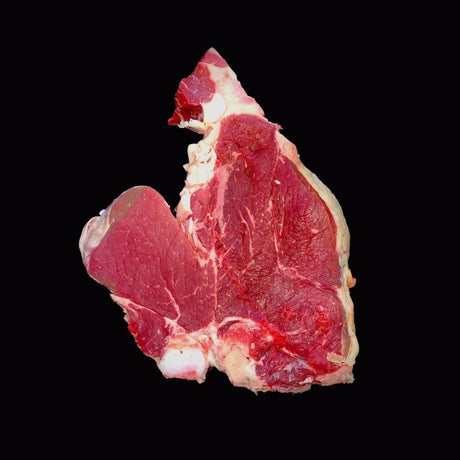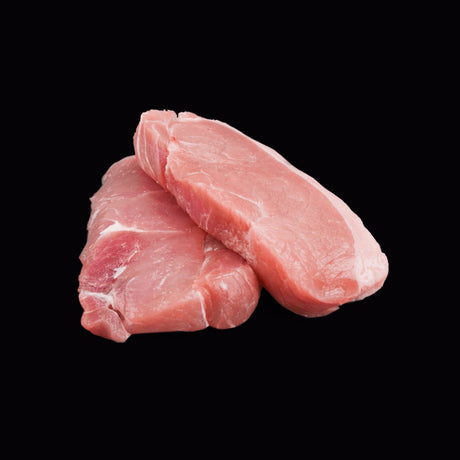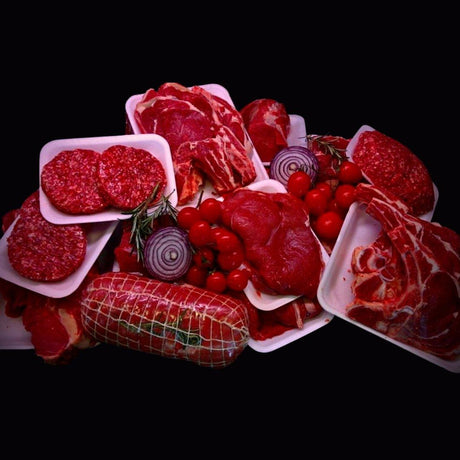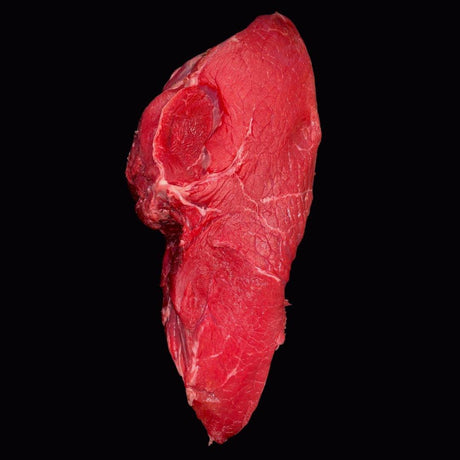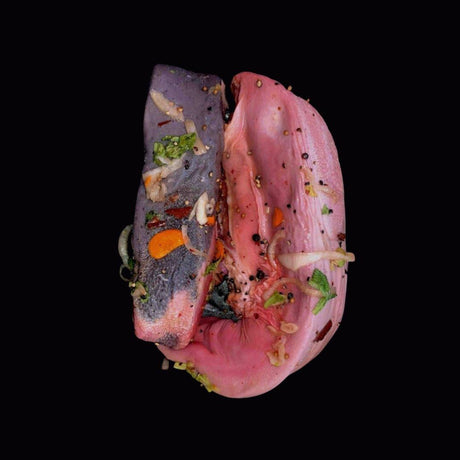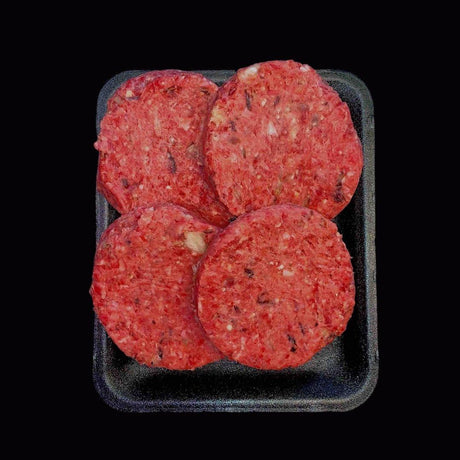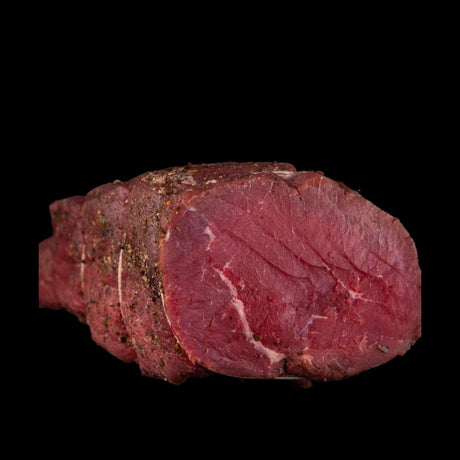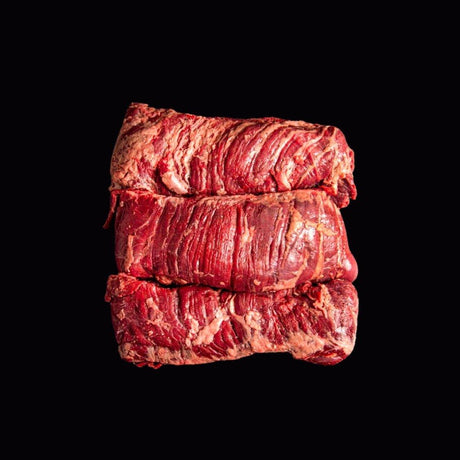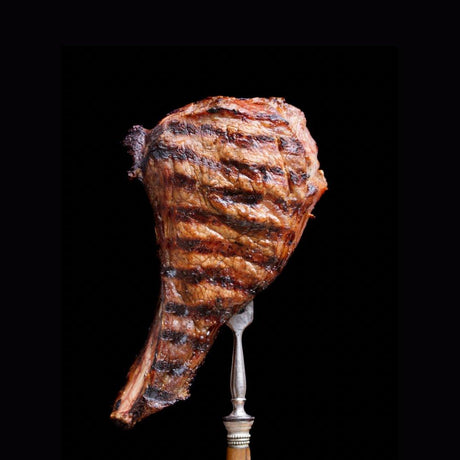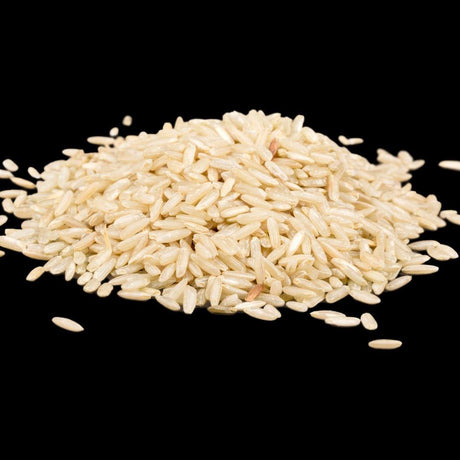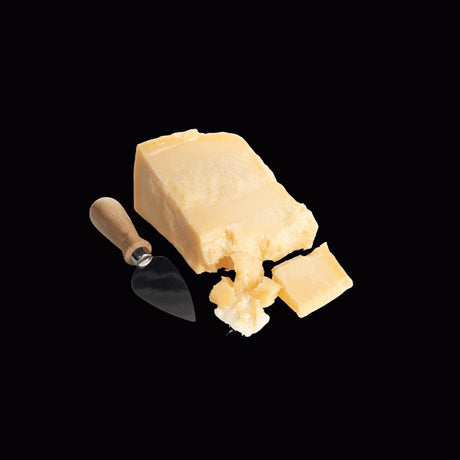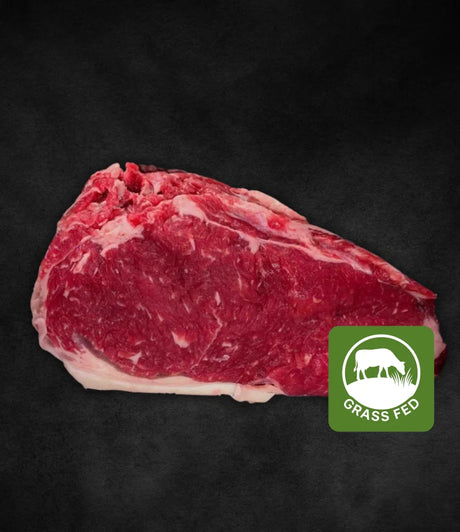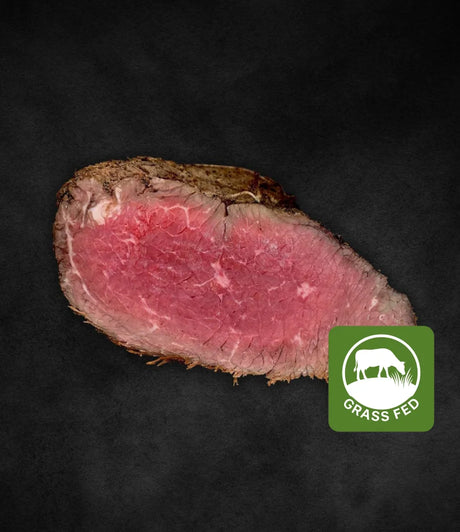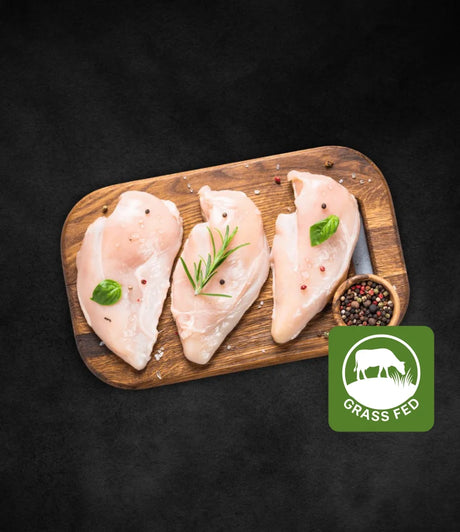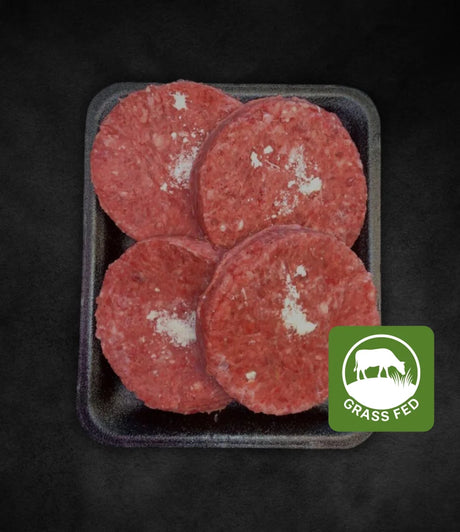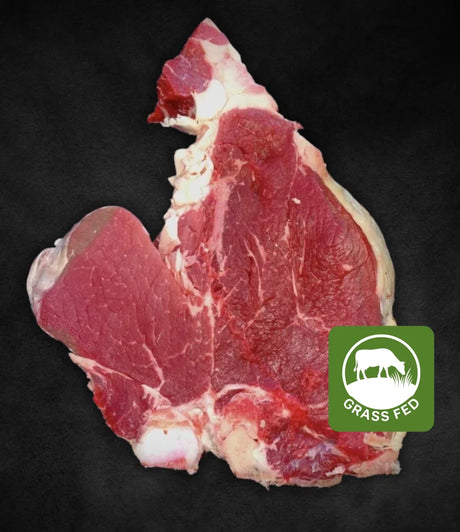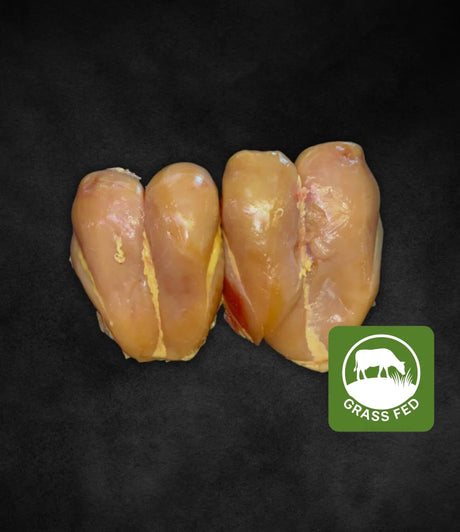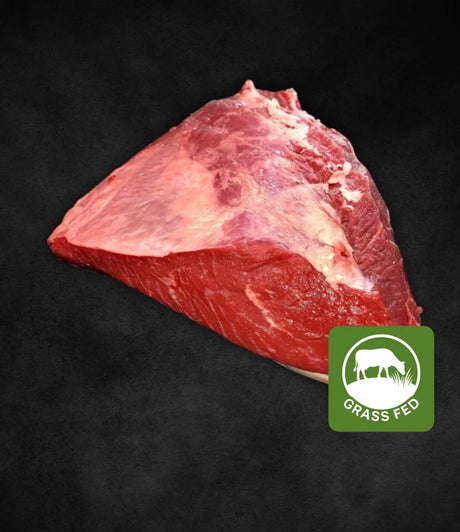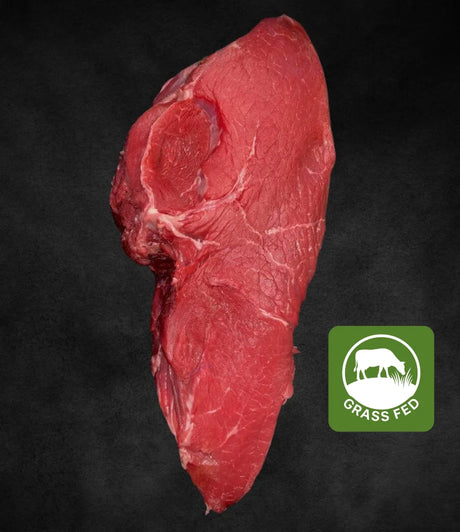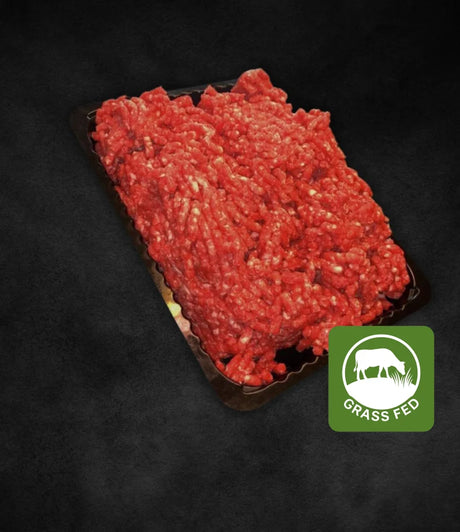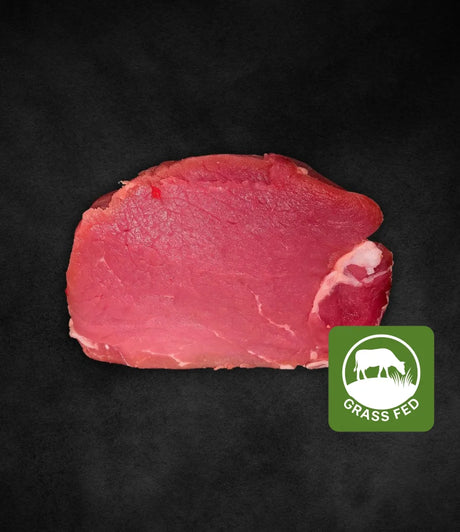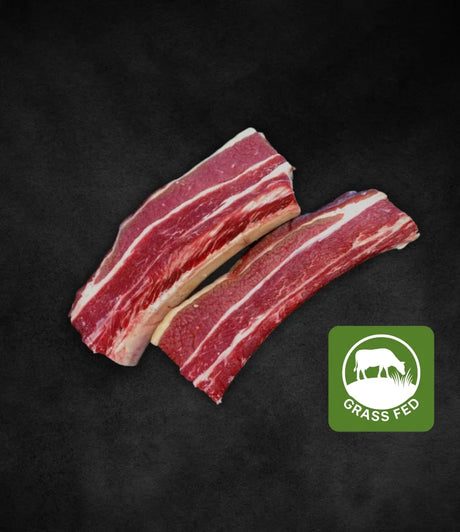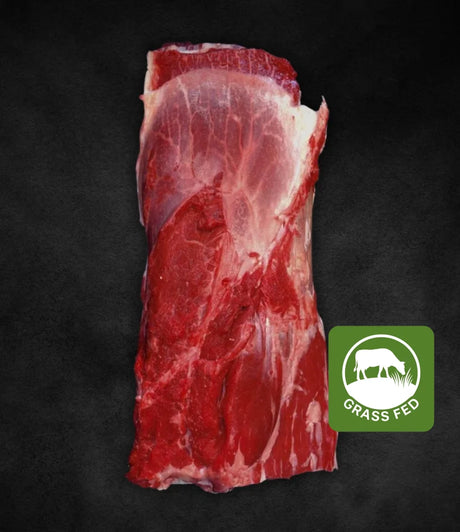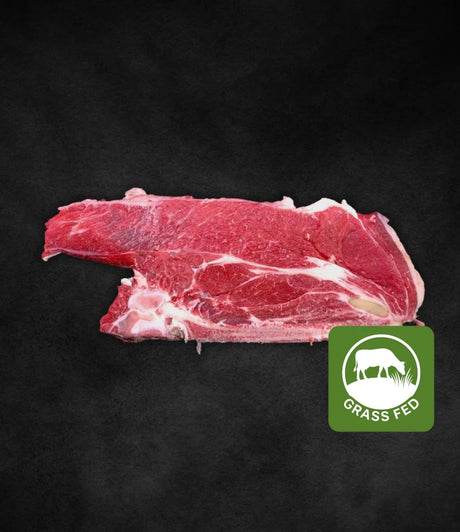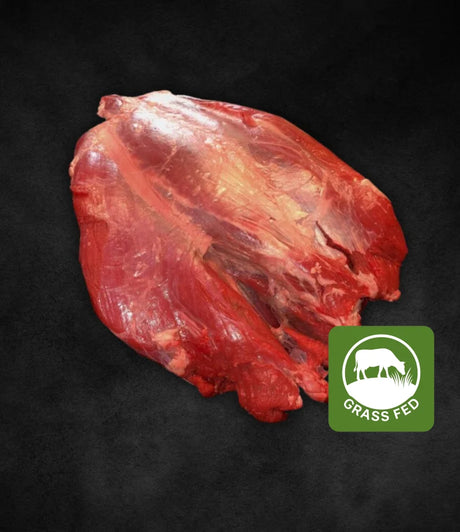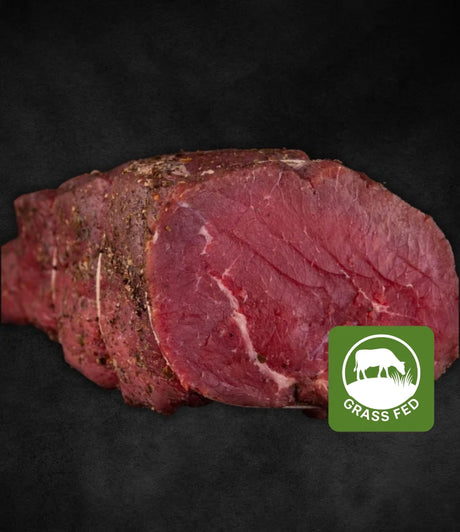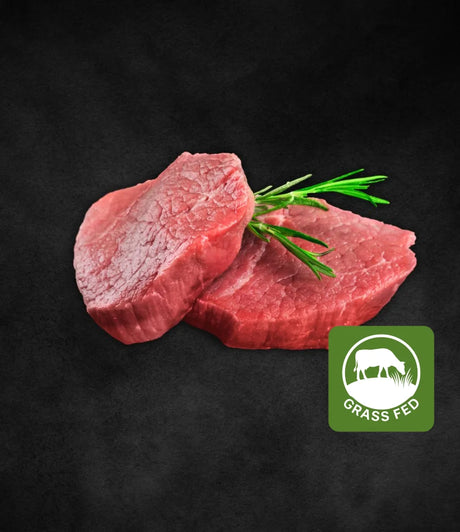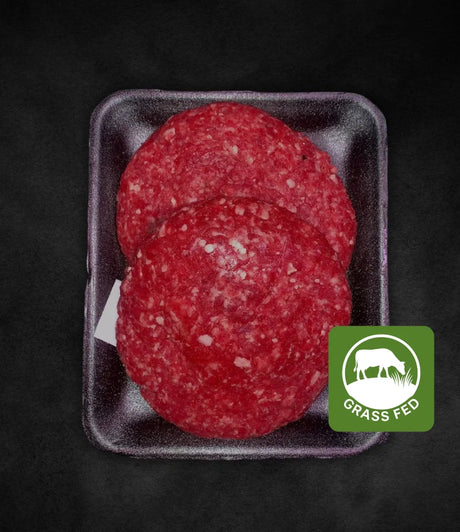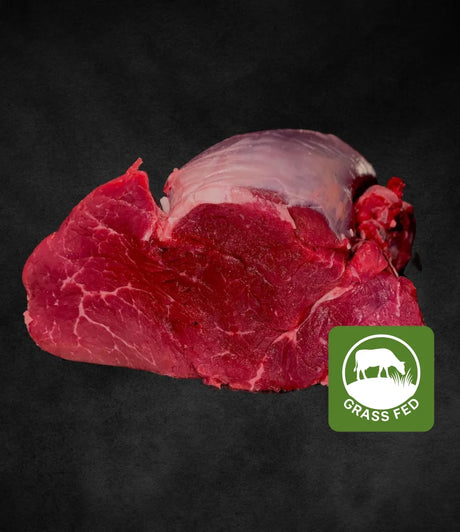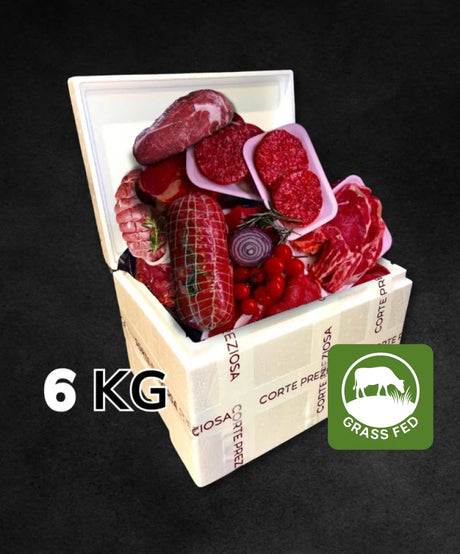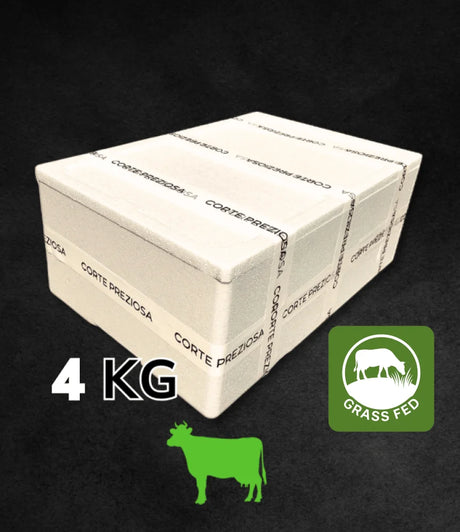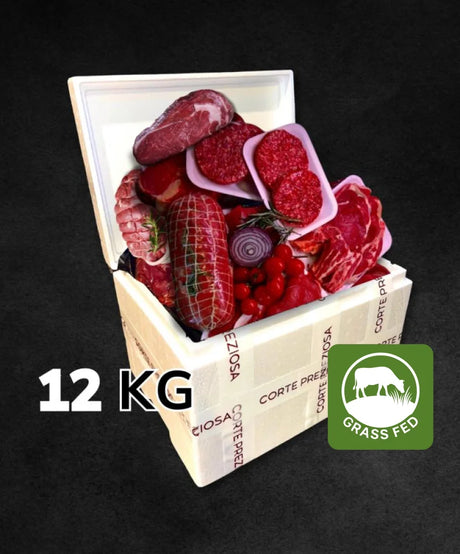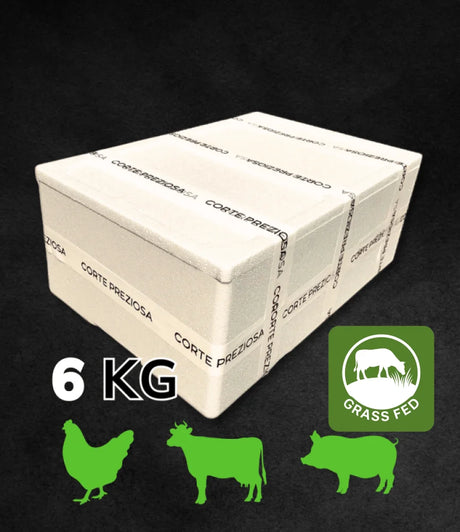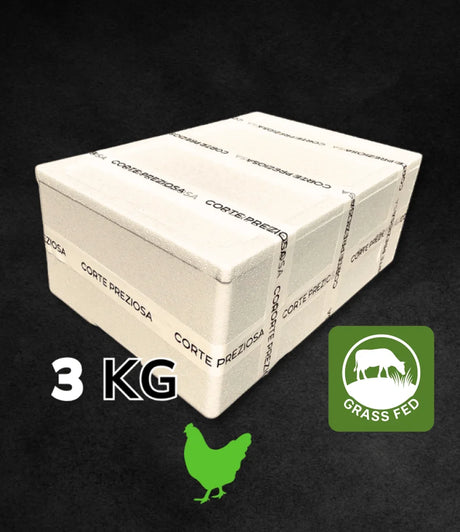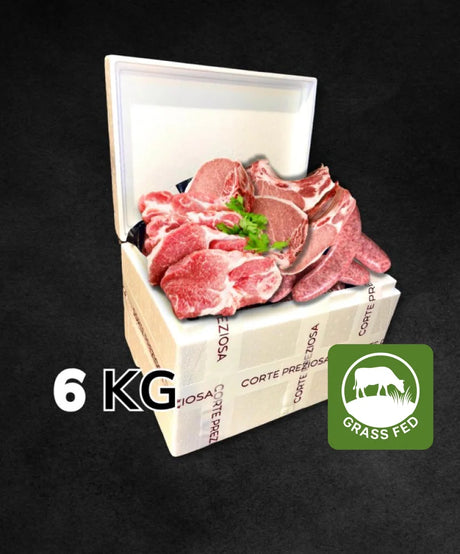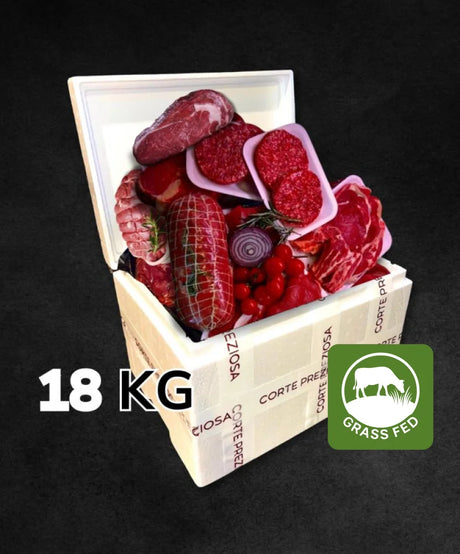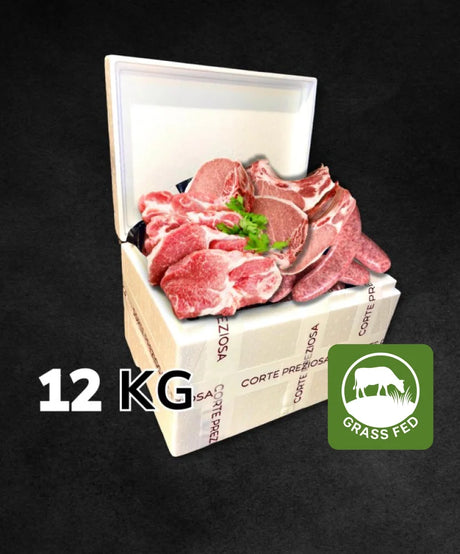In recent years, red meat has often come under fire. Alarming articles, sensationalist documentaries, and viral social media posts have helped spread the idea that eating red meat is dangerous for your health.
But is this really the case? Or are we faced with yet another case of food misinformation ?
Let's talk about it, without prejudice and with a little scientific common sense.
🔍 What is “red meat”?
First, let's be clear: "red meat" refers to meat from cattle, pigs, sheep, and goats—that is, farmed animals other than poultry or fish. Steak, fillet, lamb, and fresh pork are all classic examples.
But be careful: not all red meat is created equal .
There is a big difference between a fresh, lean cut, cooked healthily, and a processed sausage or packaged hot dog.
✅ The benefits of red meat
Despite its bad reputation, red meat has important nutritional values :
-
It is rich in high biological value proteins , essential for muscle growth and tissue regeneration.
-
It contains heme iron , the type of iron our body absorbs best. This is especially important for those prone to anemia or who need extra iron (for example, pregnant women or athletes).
-
It is one of the best natural sources of vitamin B12 , essential for the nervous system and the production of red blood cells.
-
It also provides zinc, selenium, phosphorus and other useful micronutrients.
❗ But then where does the myth come from?
Many studies that have “demonized” red meat refer to excessive and habitual consumption of processed or processed meats: industrial cured meats, smoked meats, sausages full of preservatives and additives.
Furthermore, cooking methods also matter a lot . Burning meat on the grill until it is charred, for example, can produce potentially carcinogenic substances (such as heterocyclic amines and polycyclic aromatic hydrocarbons).
But this applies to any poorly cooked food, even a burnt slice of bread.
The problem, therefore, is not red meat itself , but the quantity, quality and how we handle it .
⚖️ The key? Balance and quality
Red meat can safely be part of a healthy, balanced diet if:
-
it is consumed in adequate portions (1-2 times a week, for example);
-
choose fresh, good quality meat, perhaps from sustainable farms;
-
avoid excesses and ultra-processed products;
-
healthy cooking methods are used (light grill, oven, non-stick pan, etc.).
🧠 Know to choose
Food misinformation is as dangerous as a bad diet.
Demonizing a food without truly understanding its role in our diet risks only creating confusion and unfounded fears.
Let's remember that health comes from variety , common sense, and informed choices. A good steak, eaten in moderation and with care, isn't risky: it's a pleasure, and it can be part of a healthy lifestyle .
What about you? Are you afraid of red meat, or do you eat it without feeling guilty?
---------------------------------------------------------------------------------------


